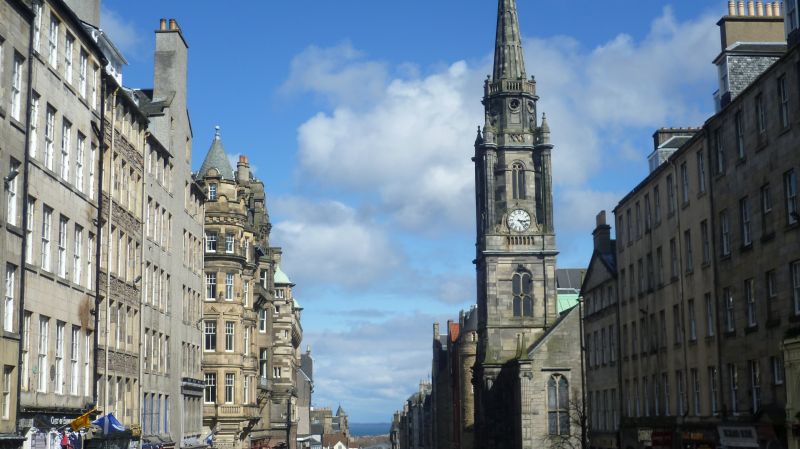Shopping with Adam Smith
On Edinburgh's Royal Mile, a search for Harris Tweed reveals the confident touch of the invisible hand

As my wife and I strolled the Royal Mile linking the Palace of Holyroodhouse to Edinburgh Castle a few months ago, we passed by the statues of Adam Smith and David Hume. I couldn’t help but think back to my earlier school days, when empiricism first captured my intellectual curiosity. While theory has its obvious merits, I have always been drawn to find the practical relevance from what we see in the real world.
While in Edinburgh, we thought I should look for a new Harris Tweed jacket. As with basmati rice, Sarawak pepper, and Champagne, Harris Tweed is a registered “geographic indicator” and the only cloth protected by Act of Parliament. My Scottish ancestry, however long removed, drew me to comparison shop along the Royal Mile, where my faith in the invisible hand was renewed.
Shops nearest to the Palace of Holyroodhouse and at the other end of the Royal Mile, Edinburgh Castle, had the highest prices for the same jacket. Signs placed liberally throughout at least one store noted that cameras and picture-taking were strictly forbidden, presumably to discourage comparison shopping. Closer to the middle of the Royal Mile, prices dropped, and over on Princes Street, prices were generally even better.
I suspect Adam Smith would have been very happy to see that the free market was alive and well. Close to Holyroodhouse, one shop had a label stating the full retail price for the jacket was £425, but it was now on sale for a measly £375. Further up the street, the same jacket was a bargain at £350, while the price started rising again as we moved closer to the Castle. On Princes Street the price for the same jacket was £195. Tourists might be unable to navigate the uneven pavement to comparison shop; or if they are following an organized tour, they may not have the time or energy to find the best deal. Free markets rule (unless they don’t, but that’s another kettle of fish – unless the stock has been depleted).
Of course, caveat emptor applies. Were these truly Harris Tweed jackets or facsimiles manufactured offshore? The finishing and lining were, for the most part, identical across shops (for the same SKU on the price label). When one shopkeeper noticed our close inspection of the stitching on the inner lining of the jacket, she tried to argue that “other shops” might be selling “knockoffs” but that her jackets were “the real thing.”
Did I buy a jacket? Yes, at what appears to be the best shop of the lot, on Princes Street. But I returned it the next day; it didn’t quite fit my shoulders. Thanks Adam.
Peter Sephton is a professor at Queen's School of Business. This article originally appeared in Oracle, a publication of the International Institute of Forecasters.